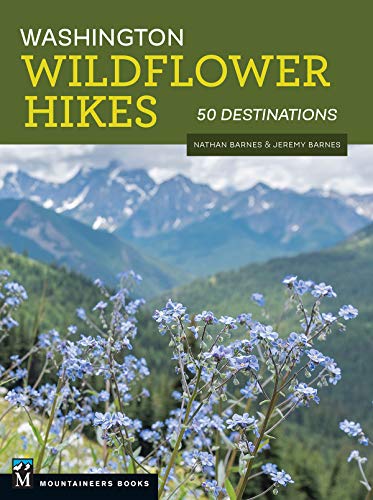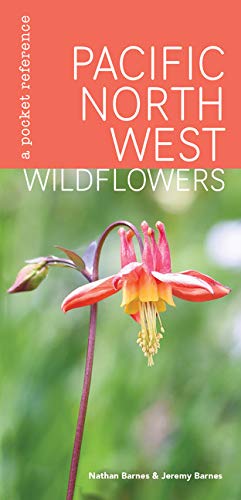Quillayute River Slough
The Quillayute River Slough Trail offers hikers a chance to quietly explore lush Olympic forests before heading down to the ocean.
Total Distance: 1.7 miles
Total Ascent: 30ft
Highest Point: 30ft
Total Ascent: 30ft
Highest Point: 30ft
Difficulty: Easy
Our Hiking Time: 1h
Required Permit: None
Our Hiking Time: 1h
Required Permit: None
To get to there, take the Bainbridge Island ferry to Bainbridge Island. From the terminal, follow SR 305 for 13 miles to SR 3 North. Follow SR 3 to the Hood Canal Bridge, taking a left over the bridge onto State Route 104. Follow SR 104 as it merges onto US 101 and continue 35 miles to Port Angeles taking a left on Lincoln Street, which becomes US 101. Continue for about 54 miles to the junction to La Push Road, also known as SR 110. Turn right and continue on SR 110 for 7.8 miles to Mora Road. Veer right and continue another 3.2 miles to the Mora Ranger Station and Campground. View Google Directions >>
The trail begins at the Mora Ranger Station following a fading path into the trees. Mossy hemlocks rise above an encroaching tangle of fern and salmonberry as you wander toward the river. After a few minutes of walking, find yourself on an embankment catching glimpses of the Quillayute Slough a few dozen feet below. Continue onward and arrive at an unmarked junction around the half-mile mark. Veering right and downhill will lead you to a closer view of the river, while heading left will take you out to Mora Road and the Olympic National Park boundary. Take some time to explore both, then head back to the Mora Ranger Station. From here, consider walking the few hundred feet west along Mora Road to find the James Pond Nature Trail, which is little more than a path leading out to a view of the lily-covered James Pond.
Short and easily overlooked, these two campground trails are not a destination unto themselves. However, if you’re spending a day hiking Rialto Beach or camping at Mora Campground, these trails are worth a little extra effort to explore. Both trails provide easy access to quiet sections of lush Olympic rain forest. While the area is popular, these trails do not see a great deal of traffic, giving you plenty of opportunity to enjoy the silence.
Short and easily overlooked, these two campground trails are not a destination unto themselves. However, if you’re spending a day hiking Rialto Beach or camping at Mora Campground, these trails are worth a little extra effort to explore. Both trails provide easy access to quiet sections of lush Olympic rain forest. While the area is popular, these trails do not see a great deal of traffic, giving you plenty of opportunity to enjoy the silence.
History
For generations, members of the Quileute Tribe called the land around the Quillayute River home. Quileute means “joining together” a reference to the rivers that merge into the Quillayute along its short length. Within about five miles of the ocean, the Calawah, Sol Duc, Bogachiel and Dickey Rivers all join to complete their journey to the sea together. The Quillayute (also spelled Quileute) once teemed with salmon, through this has declined in more recent years. Back in 1872, the salmon led an enterprising settler by the name of Frank T. Balch to set up shop on the banks of the Quillayute along with his wife. At the time the couple were the only American settlers -- often referred to as “Bostons” -- in the area. As other settlers joined the Balchs, the growing settlement was called Boston. By 1891 enough folks had settled in the area that a post office was needed, and Balch became the first postmaster. However, the name Boston caused some confusion with the delivery of mail, and in 1900 a settler named Kron O. Erickson became the postmaster and worked to get the name changed to Mora after the community of Mora in Sweden. Within a few years the post office was moved to Forks and settlers followed, and before long Mora started to look like the campground it is today.
Nearby hikes
Similar Difficulty
Similar Features












